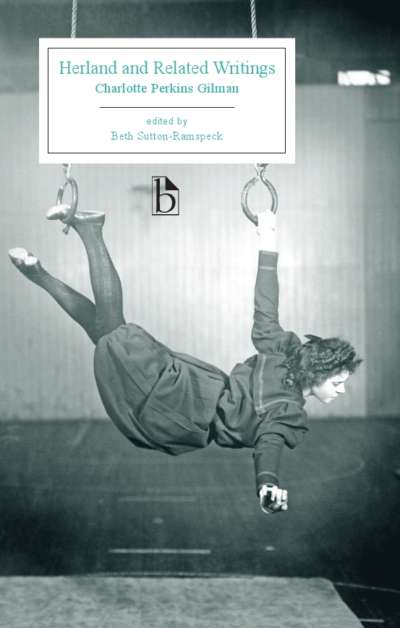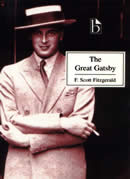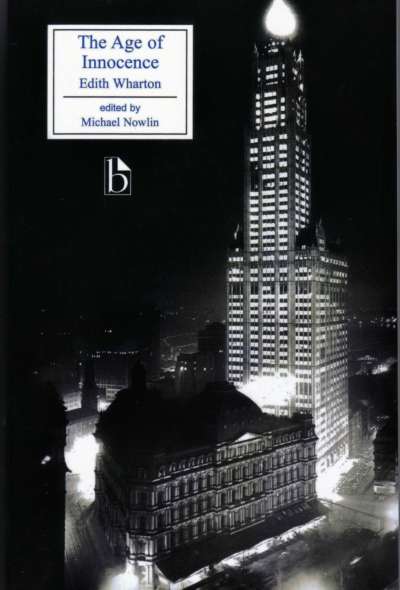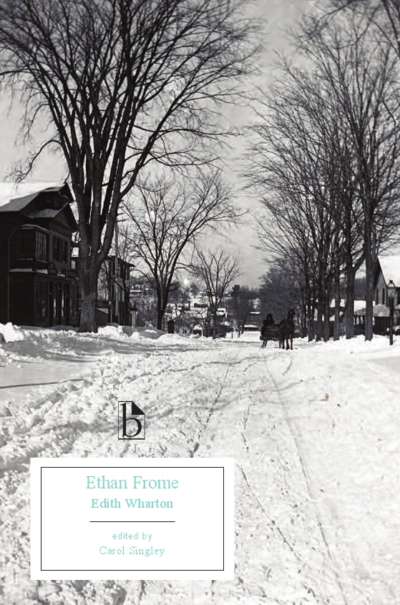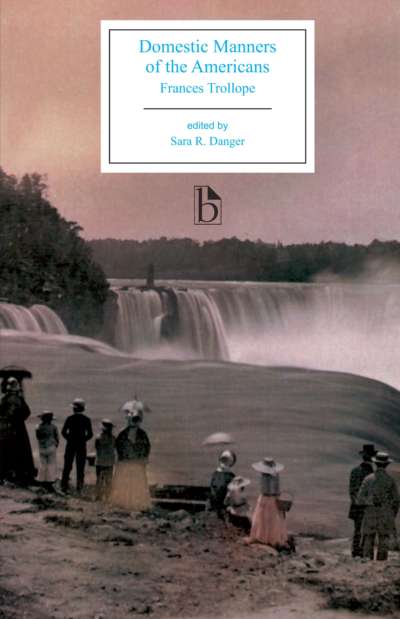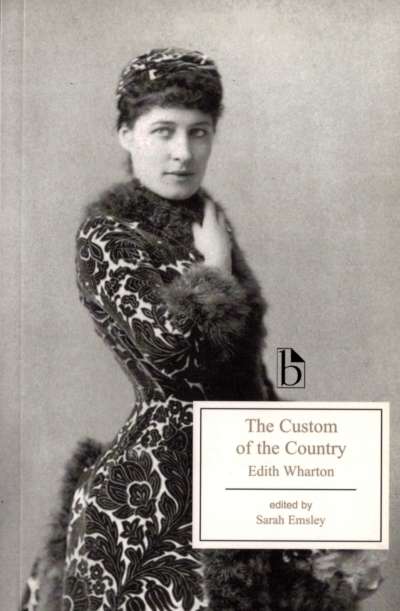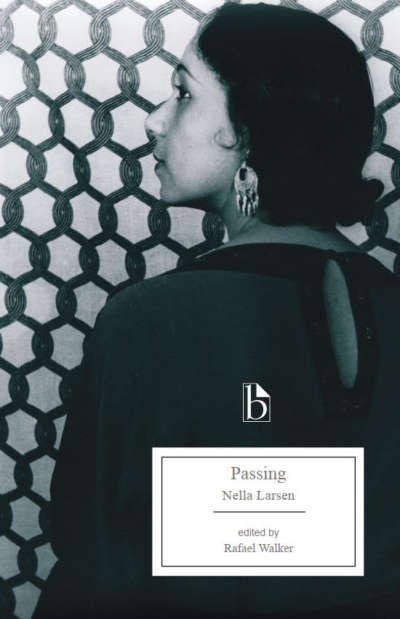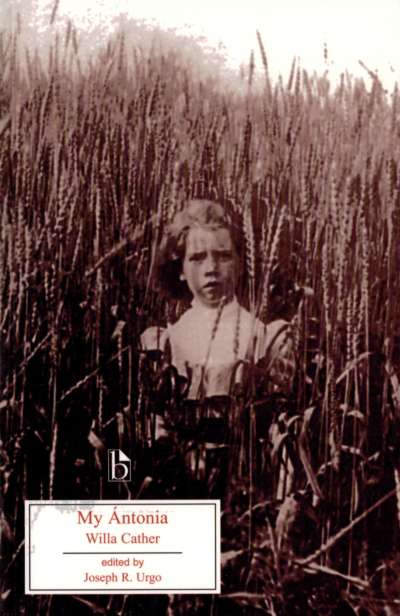
Black Oxen unites such unlikely topics as medical rejuvenation treatments, eugenics, American youth culture, and cross-generational relationships. The beautiful American widow of a Hungarian count, Mary Zattiany is fifty-eight years old; after receiving experimental “rejuvenation treatments” and returning to America, however, she is mistaken for a woman in her twenties, and falls in love with a much younger man. Set in an era fixated on youth, beauty, and pleasure, but focusing on the experiences of an aging woman, Black Oxen offers a unique and unsettling view of the Jazz Age.
Black Oxen was written in a burst of mental energy after Gertrude Atherton herself received an experimental anti-aging treatment; the introduction and appendices to this edition explore parallels between Atherton’s medical treatment and that of her rejuvenated protagonist, as well as provide selections from other contemporary writings on aging, science, and the role of women in the 1920s. Stills and posters from the 1924 film adaptation are also included.
Comments
“Broadview’s edition of Atherton’s Black Oxen is long overdue. Of interest to students of 1920s culture, gender studies, and aging studies, Atherton’s novel explores the 1920s female rejuvenation craze. Melanie Dawson situates Atherton’s work in the context of its time, exploring gender and generational tensions, the cult of the flapper, the literary sophistication of the Algonquin Round Table, and the role of American intellectuals on the international stage. Historical documents that illuminate these issues, as well as the popularity of Atherton’s novel and its film adaptation, will bring the novel to life for students. Dawson’s edition of Black Oxen should help the novel enjoy the rejuvenation it deserves.” — Meredith Goldsmith, Ursinus College
“Melanie Dawson’s critical edition of Gertrude Atherton’s Black Oxen provides a good range of contextual materials illuminating the novel’s exploration of youth culture, science and technology, eugenics, and sexual politics in the early twentieth century. Dawson’s helpful introduction also emphasizes the novel’s engagement with national and international concerns of the period. Supplementary materials provide a useful overview of rejuvenation theories (including Atherton’s own writing on the subject), contemporary discourses of marriage, gender, and the flapper, and the reception of Atherton’s novel and its popular movie version. The edition will be particularly welcome in modernism and women’s studies courses.” — Gary Totten, North Dakota State University



